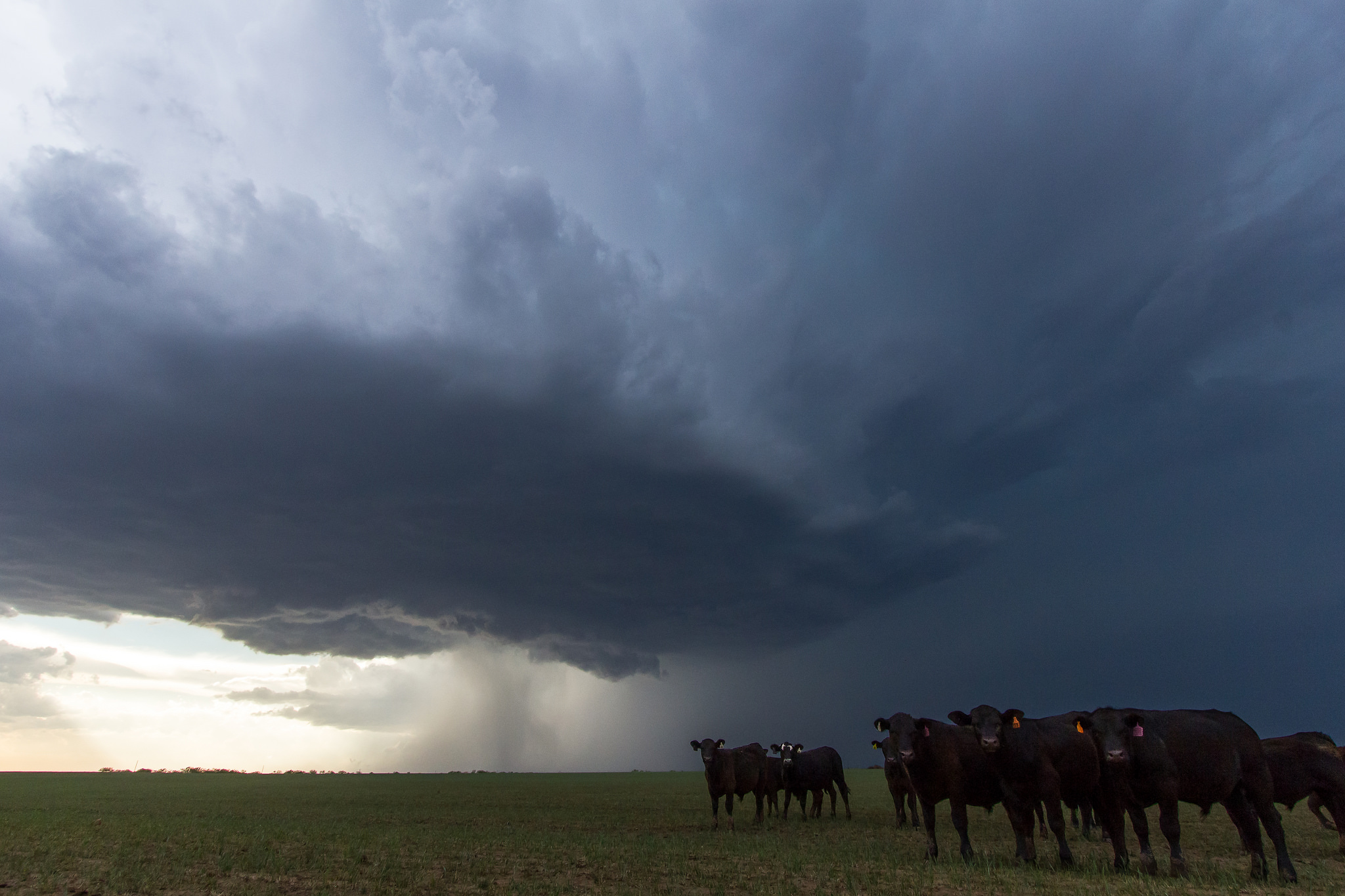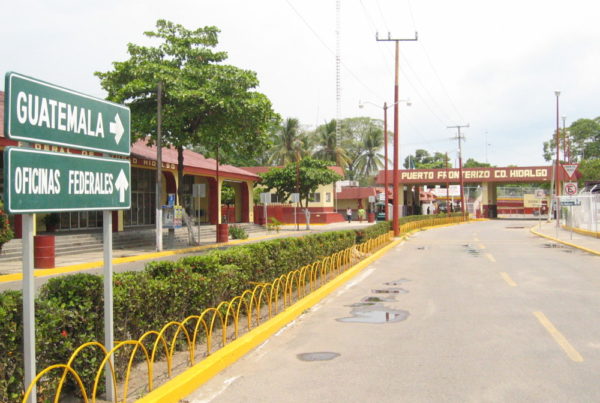People who went to school in Texas were probably taught at a young age about “tornado alley.” But is it possible that Texas – and the Great Plains –no longer be the epicenter of the country’s tornadic activity? It’s a question some climate scientists are asking as they study an increase in tornado activity in the Eastern U.S.
Victor Gensini is one of those scientists. He’s a professor in the department of Geographic and atmospheric sciences at Northern Illinois University who specializes in extreme weather and climate change. He was recently a part of a study published in the latest Journal on Climate and Atmospheric Science. It indicates a shift in where tornados in the U.S. are occurring.
“There are many states people think of as ‘tornado alley’: Texas, Oklahoma, Kansas among those,” Gensini says. “They still are the epicenter of tornado activity. The frequencies of tornadoes are highest in those states, but what we’ve noticed over the last 40 years is that there’s been a downward trend in… terms of the number of tornadoes that have occurred.”
Conversely, a sharp increase in tornado activity has been observed in Alabama, Mississippi, Tennessee and parts of the midwestern United States. Gensini says that amounts to three or four tornadoes per decade. He says while the increase may seem small it equates to a 20 to 25 percent increase in tornado frequency. Gensini’s team has been keeping score of this change in two ways.
The first is by tracking where these tornadoes occur. There’s a margin of error, because of the availability of cell phones in the past 20 years has made recent tracking more accurate. The second measurement examines tornado “environments” – areas with tornado-favoring weather conditions. Tracking these environments, he says, allows his team to analyze how the areas have been changing. In the end, the study’s results weren’t definitive. Changes in tornado location and frequency could be the result of natural cycles, or they could be the result of human-caused climate change.
“Portions of Texas and Oklahoma are drying out and that’s consistent with what we would see in some of the climate model projections of what would happen in the next 30, 40 years if we continue on the ‘business as usual’ mission scenario in regards to carbon dioxide,” Gensini says.
Gensini says the eastward shift of tornado activity, resulting from further effects of climate change is already visible. While Gensini says his team believes climate change is a factor in this shift, they cannot say so definitively.
“If you live in Texas or Oklahoma, you should still every year plan for your ‘tornado season,’” Gensini says. “We know tornadoes can happen any time of the year. In fact, they’re quite commonplace in places like Texas and Oklahoma in the months of November through February. We can never really let our guard down just because we’re seeing trends on a very large climate scale.”
















